How To Make A Kids Telescope ?
To make a kids telescope, you will need a few materials. Start by using two cardboard tubes, one shorter than the other. Attach the shorter tube to the longer one using tape or glue. Next, cut a small hole in the side of the longer tube near one end. This will serve as the eyepiece. Cover the hole with a small piece of plastic or clear plastic wrap. On the other end of the longer tube, cut a larger hole and cover it with a piece of clear plastic or a magnifying glass. This will be the objective lens. Finally, decorate the telescope as desired and make sure the lenses are aligned properly. Your homemade kids telescope is now ready to use!
Note: Adult supervision may be required for cutting and gluing.
1、 Choosing the right lenses and focal length for a kids telescope
Choosing the right lenses and focal length for a kids telescope is crucial in ensuring a quality viewing experience. While there are various options available in the market, it is important to consider a few factors before making a decision.
Firstly, it is essential to select lenses that provide a clear and sharp image. Look for lenses with a high-quality glass and multiple coatings to reduce reflections and improve light transmission. Additionally, consider the aperture size, which determines the amount of light the telescope can gather. A larger aperture allows for better visibility of faint objects in the night sky.
Focal length is another important aspect to consider. A longer focal length provides higher magnification, allowing kids to observe celestial objects in more detail. However, it is important to strike a balance between magnification and ease of use. A telescope with a shorter focal length may be more suitable for beginners as it provides a wider field of view and is easier to focus.
Furthermore, it is worth considering the type of telescope that best suits a child's needs. Refractor telescopes are generally more user-friendly and require less maintenance, making them a good choice for kids. On the other hand, reflector telescopes offer larger apertures at a lower cost, but may require more frequent collimation.
Lastly, it is advisable to stay updated with the latest advancements in telescope technology. Manufacturers are constantly improving their products, incorporating features such as computerized mounts and smartphone compatibility, which can enhance the overall experience for kids.
In conclusion, choosing the right lenses and focal length for a kids telescope is crucial in ensuring an enjoyable and educational experience. By considering factors such as lens quality, aperture size, focal length, and the latest advancements, parents can make an informed decision and provide their children with a telescope that will spark their curiosity and love for astronomy.
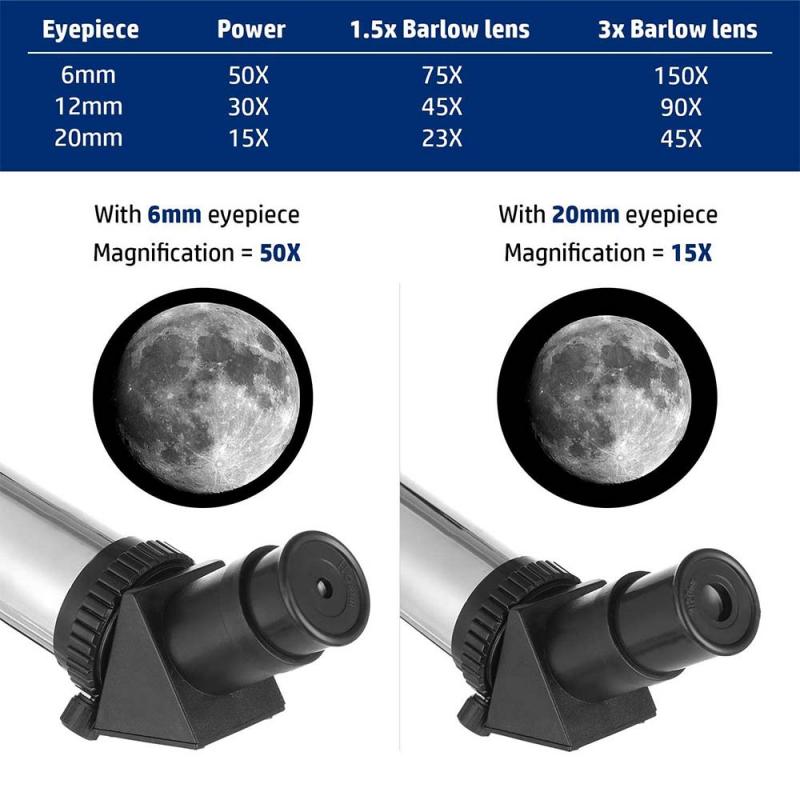
2、 Assembling the telescope tube and mounting the lenses
Assembling the telescope tube and mounting the lenses is an essential step in creating a kids telescope. This process involves putting together the main body of the telescope and attaching the lenses that will allow for magnification and clear viewing of celestial objects.
To begin, gather all the necessary materials, including a cardboard tube, lenses (such as an eyepiece and objective lens), a lens holder, and adhesive. The cardboard tube will serve as the main body of the telescope, providing stability and protection for the lenses.
First, cut the cardboard tube to the desired length, ensuring it is long enough to accommodate the lenses and provide a comfortable viewing experience for children. Next, attach the lens holder to one end of the tube using adhesive. The lens holder should securely hold the lenses in place while allowing for easy adjustment and focusing.
Once the lens holder is attached, carefully insert the objective lens into the holder. This lens is responsible for gathering light and forming an image. Ensure that the lens is securely in place and aligned properly.
Next, insert the eyepiece lens into the other end of the tube. The eyepiece lens is responsible for magnifying the image formed by the objective lens, allowing for clear viewing. Again, ensure that the lens is securely in place and aligned properly.
Finally, secure the lenses in place by using adhesive or any other suitable method. This will prevent them from moving or falling out during use.
It is important to note that while assembling the telescope tube and mounting the lenses is a crucial step, it is equally important to provide proper guidance and supervision to children when using the telescope. Encourage them to explore and learn about the wonders of the night sky, fostering their curiosity and interest in astronomy.
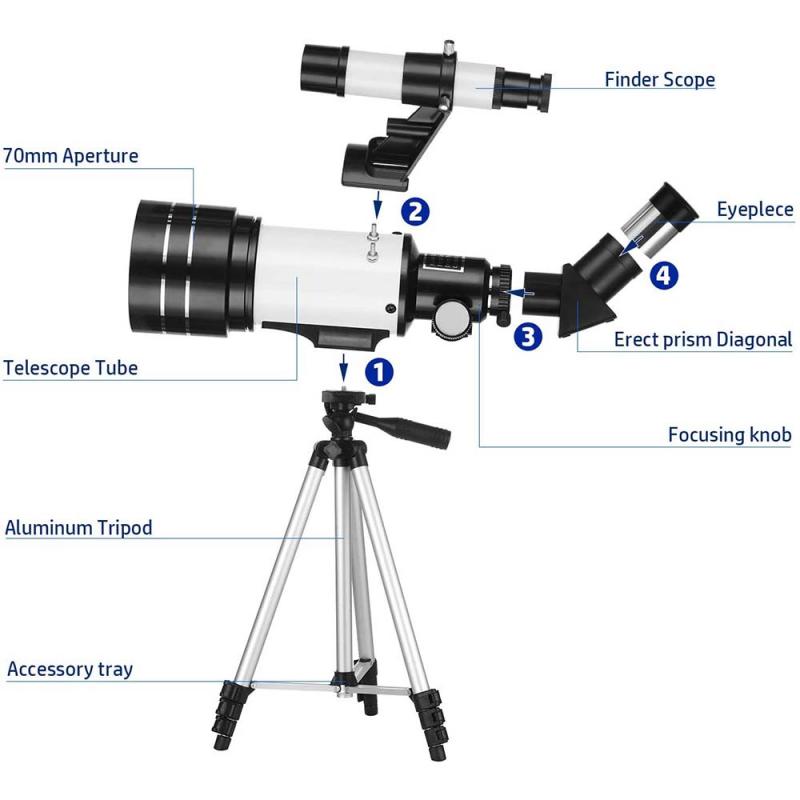
3、 Adjusting the focus and aligning the telescope
Adjusting the focus and aligning the telescope are crucial steps in making a kids telescope. These steps ensure that the telescope provides clear and sharp images of celestial objects. Here's how to do it:
1. Start by assembling the telescope according to the manufacturer's instructions. This typically involves attaching the tripod, mounting the telescope tube, and securing any accessories.
2. Once the telescope is set up, locate the focusing knob or wheel. This is usually located near the eyepiece or at the back of the telescope tube. Turn the focusing knob to adjust the focus until the image appears clear and sharp. It may take some trial and error to find the perfect focus, so be patient.
3. Next, align the telescope. Look for the alignment screws or knobs on the mount. These allow you to adjust the telescope's position and ensure that it is pointing accurately at the desired object. Use a star chart or a smartphone app to help you locate a bright star or planet in the sky.
4. Once you have found a suitable object, use the alignment screws or knobs to move the telescope until the object is centered in the eyepiece. This may require small adjustments to both the horizontal and vertical axes of the mount.
5. Finally, take some time to observe the object through the telescope. Encourage your child to explore different celestial objects, such as the Moon, planets, or even distant galaxies. Discuss what they see and encourage them to ask questions and learn more about the wonders of the universe.
In recent years, there have been advancements in kids telescopes, with some models incorporating smartphone compatibility. This allows children to capture images or videos of what they observe through the telescope, enhancing their learning experience and enabling them to share their discoveries with others.
Remember, making a kids telescope is not just about assembling the parts; it's about sparking curiosity and fostering a love for astronomy. So, encourage your child to explore the night sky and let their imagination soar.
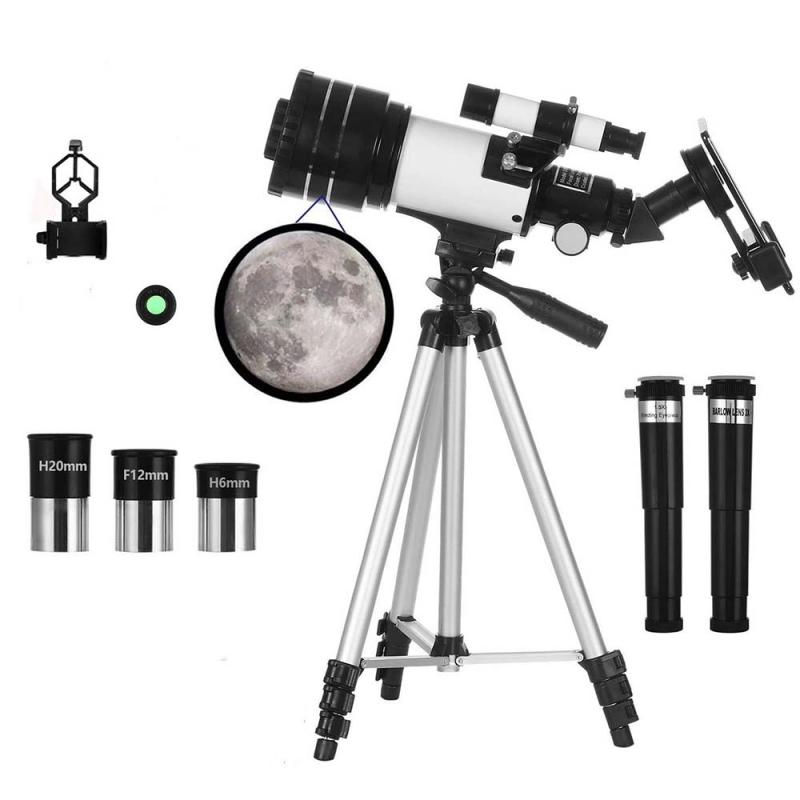
4、 Adding a tripod for stability and ease of use
To make a kids telescope, you will need a few materials and some basic tools. Here is a step-by-step guide on how to make a kids telescope:
1. Gather the materials: You will need two convex lenses (one with a shorter focal length), a cardboard tube (about 2-3 feet long and 2 inches in diameter), black construction paper, tape, scissors, and a ruler.
2. Cut a small hole in the center of one end of the cardboard tube. This will be the eyepiece end of the telescope.
3. Cover the inside of the tube with black construction paper to minimize reflections.
4. Insert the shorter focal length lens into the hole at the eyepiece end of the tube. Secure it in place with tape.
5. Cut a larger hole in the center of the other end of the tube. This will be the objective end of the telescope.
6. Insert the longer focal length lens into the hole at the objective end of the tube. Secure it in place with tape.
7. To add stability and ease of use, attach a tripod to the bottom of the telescope. This will help keep the telescope steady and allow for smoother movements when observing objects.
8. Place the telescope on the tripod and adjust the height and angle as needed.
By adding a tripod, kids can have a more stable and comfortable viewing experience. It allows them to easily adjust the telescope's position and focus on objects without shaking or wobbling. This is especially important when observing distant objects or tracking moving targets like birds or planes.
Moreover, a tripod also encourages proper posture and reduces strain on the arms and neck, making it easier for kids to spend longer periods exploring the night sky or observing nature during the day.
In conclusion, making a kids telescope is a fun and educational project. By adding a tripod for stability and ease of use, kids can enjoy a more immersive and enjoyable viewing experience.
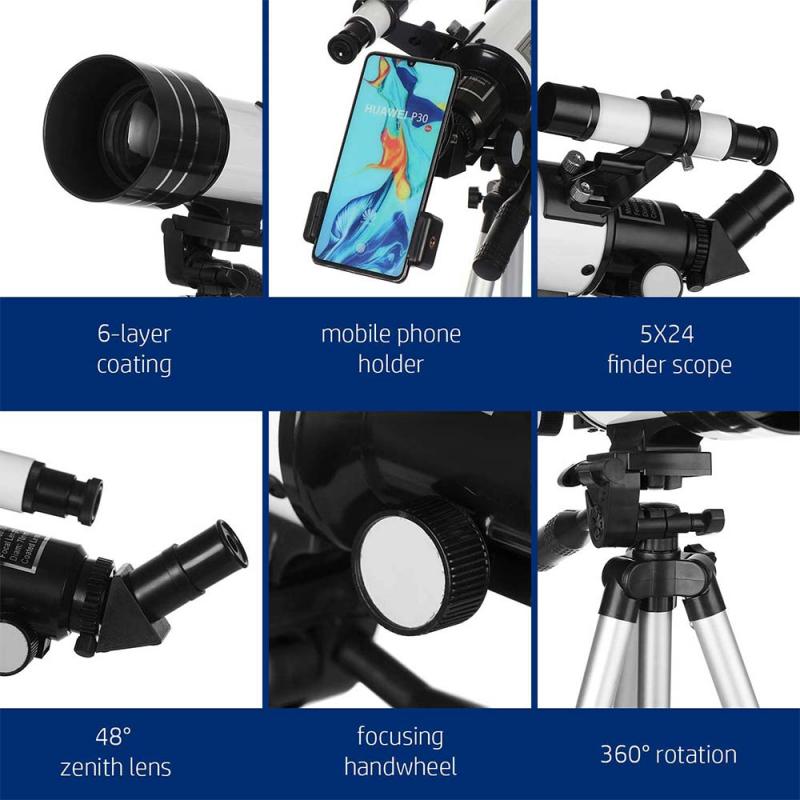


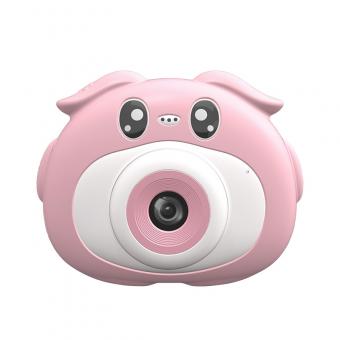
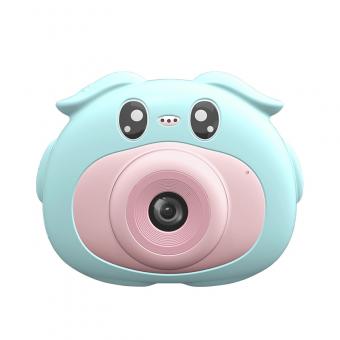

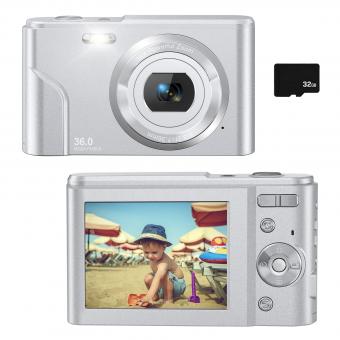
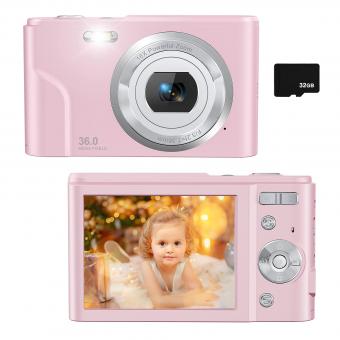
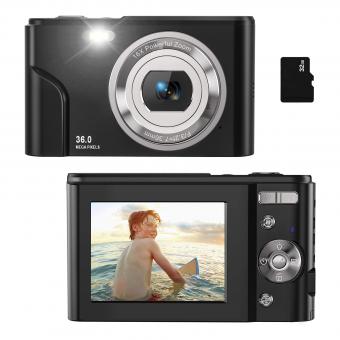



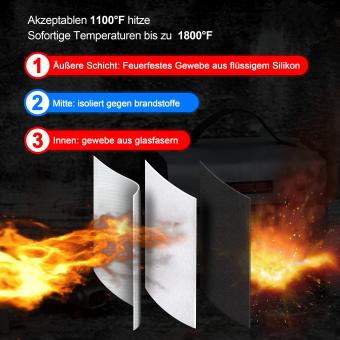


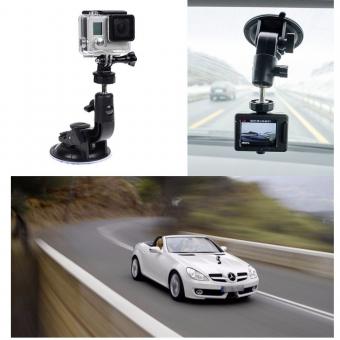
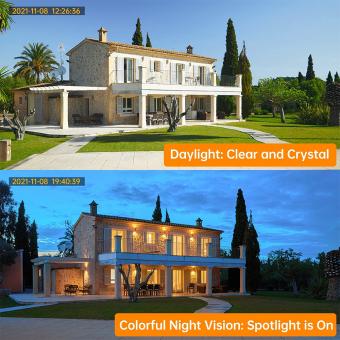


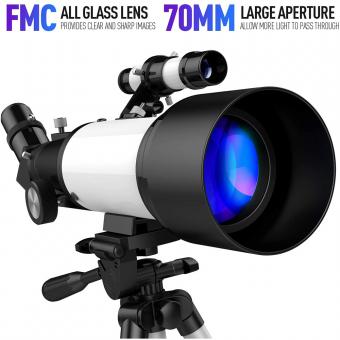



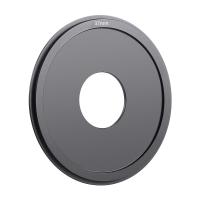

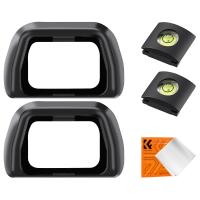


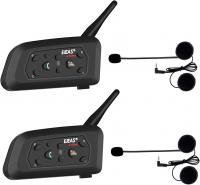
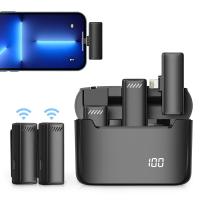

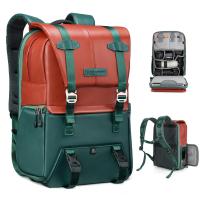
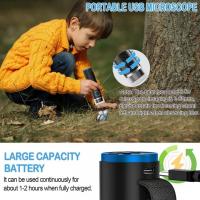
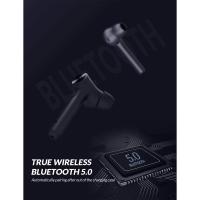
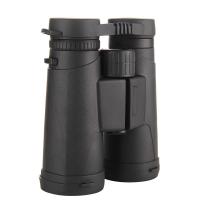

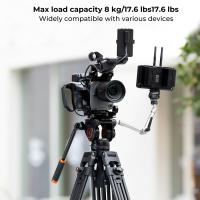

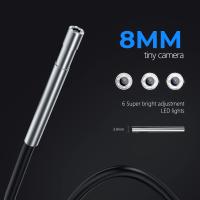
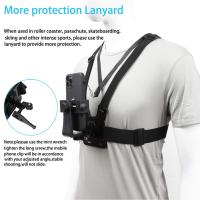
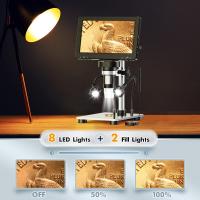

There are no comments for this blog.